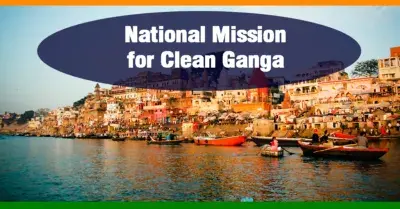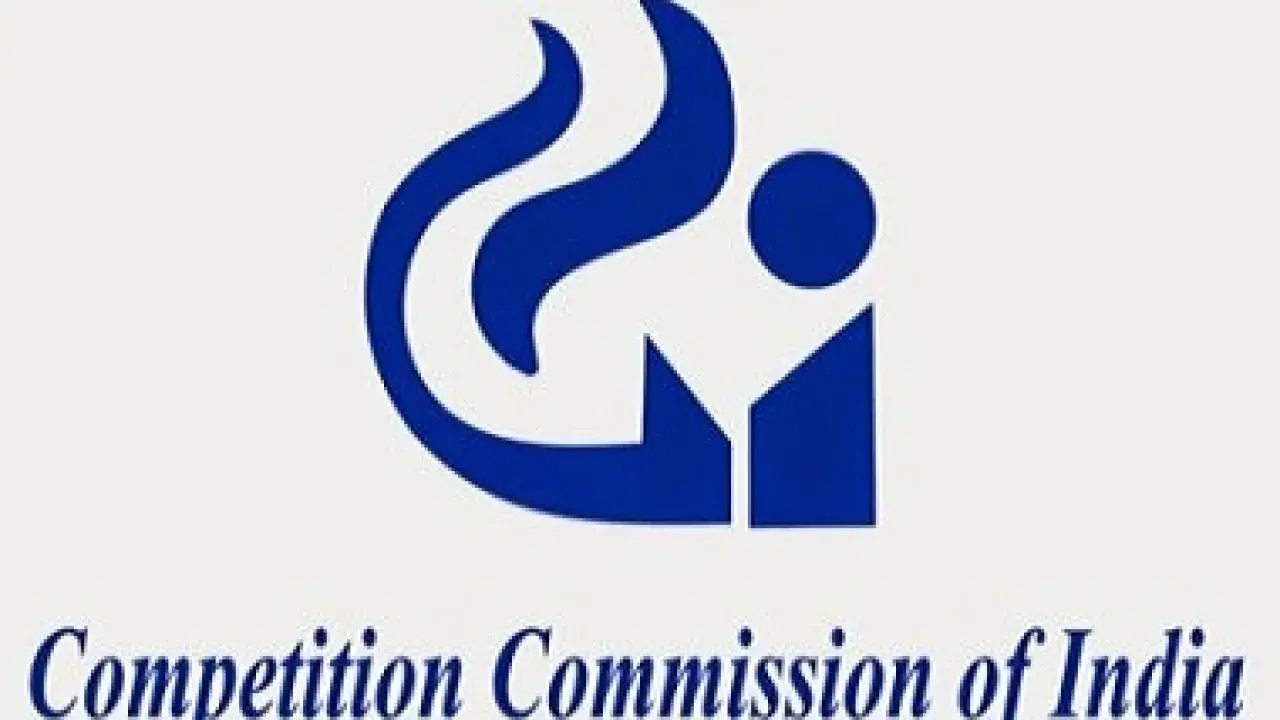India: Reaching out to Startups Through Funding Road Show
India: New e-KYC for Telecoms without Aadhaar
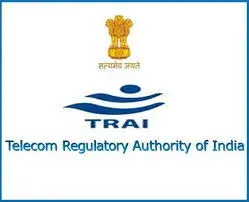 Telecoms propose a new digital process for subscriber verification without Aadhaar ecosystem.
Telecoms propose a new digital process for subscriber verification without Aadhaar ecosystem.
India: EV charging stations – a new business venture
India: Enemy property to be encashed for domestic uses
India: SEBI facilitates physical transfer of securities
India: CCI enquires into airline ticket pricing
India: Reaching out to Startups Through Funding Road Show
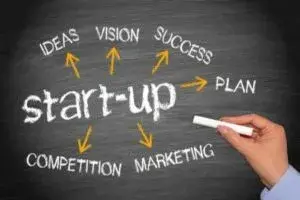
Source: www.main.trai.gov.in
Challenges for Start-ups in India
Despite having raised good investments, many start-ups struggle to survive the tough competition in the market and are eventually forced to shut down their businesses.
The Start-up India Action Plan, which is the layout that the Indian Government plans for Start-ups, is designed to ease the burden for start-ups and provide them many benefits besides a business conducive environment. However, the plan is vulnerable to many challenges such as –
- Raising of funds which the Government plans to provide for Start-ups
- Co-operation from the State Governments, as the Central Government alone cannot execute the plan and hence, will require co-operation from the State Governments.
- Co-operation from banks and other lenders for providing debt funding to the Start-ups.
- Lack of manpower and infrastructure in the office of Controller General of Patents Designs and Trade Mark.
Start-up Funding in India
There has been a tremendous rise in the number of Angel Investors and Venture Capital firms investing into and funding start-ups in India. Adequate roles have also been divided among the Central and State governments respectively for the establishment of new technology business incubators and research parks with regard to the percentage of funding they will respectively provide to incubators, i.e. 40% by the Central government (subject to maximum of INR 10 Crores / 100 Million), 40% by the State governments and 20% by the private sector.
The Human Resource Development Ministry and the Department of Science and Technology have agreed to partner in an initiative to set up over 75 such startup support hubs in the National Institutes of Technology (NITs), the Indian Institutes of Information Technology (IIITs), the Indian Institutes of Science Education and Research (IISERs) and NIPERs or National Institutes of Pharmaceutical Education and Research.
Another crucial piece of information in this regard would be that setting up of these incubators shall be provided for by ‘NITI AYOG’ as a part of the ‘Atal Innovation Mission’.
In the News
Keeping one of the major challenge of startup funding in mind recently the National Research Development Corporation (NRDC), the Indian Oil Corporation Limited, and the A.P. Innovation Society organized a roadshow on startup funding opportunities. The objective was explaining the potential entrepreneurs/startups about funding opportunities available with the Indian Oil Corporation Limited (IOCL) under its startup scheme.
India: New e-KYC for Telecoms without Aadhaar

Source:
www.india.gov.in
Humans being ‘social animals’ have developed and evolved themselves distinguishing them from the other living creatures with their advanced ability to communicate with one another. Physical form of communication was dominant for a number of years and those separated by distances managed to remain connected with the means of letters or messages via messengers. Updated version of technology has allowed the virtual platform to serve as the new means of the communication allowing individuals to interact although they may be miles apart from one another through the means of telecommunication services. Major sectors of the Indian telecommunication industry are telephone, internet and television broadcast Industry.
Regulating telecommunication
The Government through its telecom branch enforces polices and guidelines for the regulation of telecommunication in India which is monitored by the Telcom Regulatory of India (hereinafter referred to as “TRAI”) in accordance to the provisions of Telecom Regulatory Authority of India Act, 1997 (hereinafter referred to as “TRAI Act”).
Customer authentication
For the purpose of enrolling new customers to avail their services, the telecommunication service providers verify their authenticity by subjecting them to the ‘Know Your Customer’ (hereinafter referred to as “KYC”) norms as per the directions of the DoT. The said process requires submission of documents indicating the proof of identity and address of the new subscriber such as PAN Card, Voter ID, Driving License, Passport, etc would suffice. These identity proofs help in unique identification of a particular customer of the respective service provider. One of the commonly used documents for this procedure was Aadhaar card, the use of which has now been prevented for the private companies under the Supreme Court order dated on September 26, 2018.
In furtherance to the same the DoT instructed the telecom operators to be ready with an alternate verification process for approval by November 5, 2018, as it prevented the operators to stop using Aadhaar e-KYC for the verification process.
DoT introduced a new ‘alternate digital KYC’ on the recommendations of Telecoms for issuing new mobile connections whereby the customer acquisition form is to be embedded with live photograph of subscriber along with original proof of identification and proof of address document thus digitising the end-to-end process for on-boarding of new mobile subscribers by making it completely paperless. The procedure to be followed in the said regards in stated below:
- Entire process shall be used through authenticated applications hosted by telecoms.
- Access of the applications should be controlled by the telecoms and the same should be protected from unauthorized use.
- A new customer shall possess original proof of identification and proof of address document at the point of sale of the telecoms.
- Live photograph of the subscriber is to embedded in the customer acquisition form to which the system shall put a watermark having customer acquisition form number, GPS coordinates, point of sale name, unique point of sale code, date and time stamp.
- Likewise, the live photograph of the original proof of identification and proof of address document shall be captured in the aforesaid manner.
- All customer acquisition form entries shall be made in consonance to the original proof of identification and proof of address document.
- Validation shall be complete upon the provision of the One Time Password sent at the alternate number of the customer or his/ her relative.
- Point of sale shall intimate the new subscriber regarding the transaction-ID/ reference number generated at the time of submission of the customer information by the telecoms to the activation officer.
- Upon successful verification by the Telecom representatives that the information in the live pictures of the customer, his/her proof of identification and proof of address and other details in the customer acquisition form the new connection would be activated followed by a final tele-verification process before final activation.
DoT clarified that only 2 mobile connections will be provided per day per proof of identification and proof of address document to a customer by the operator using the alternate digital KYC process. Also, the said process of verification would be applicable for outstation and foreign customers.
The process of an effective and adequate mechanism for verification of new telecom customers without using Aadhaar ecosystem has been streamlined.
India: EV charging stations – a new business venture
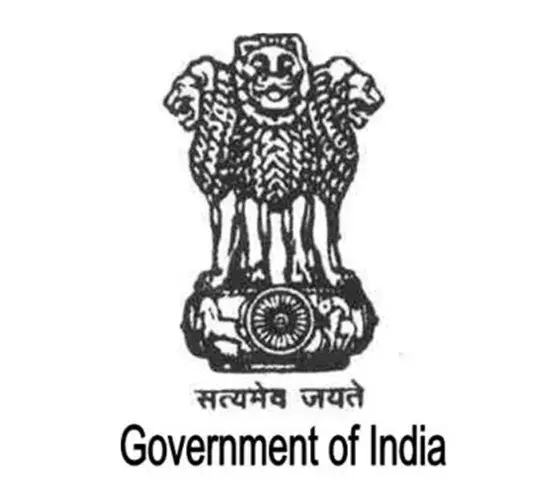
Source: www.india.gov.in
The dawn of industrialization has replaced the human labour with machines. Facilitating travel by the incorporation of technological advancements has made a significant contribution towards elevating human life. Reducing the time for transportation, it has fostered the connectivity between the people separated over distant places in terms of social and economic relations between them. Automobile industry has seen a vast improvement with the passage of years due to skills of the innovators allowing a wide range of vehicles with fascinating features such as speed which build interest of their customers. However, the fuel used to run them often depends of the usage of depleting non-renewable sources of energy such as petrol and diesel which are one of the major sources of pollution.
Pollution issue
The indiscriminate, reckless and irresponsible dependence on burning of fuel for automobiles has resulted in high degree of contaminating the air, water, soil and the overall surrounding environment hampering the health of living organisms of all forms. With the raising levels of emissions being recorded and the concerns thereof, Environment Protection Act, 1986 has been enforced with the aim of conservation and improvement of environment was introduced along with legislations working such as Air (Prevention and Control of Pollution) Act, 1981. Handling the menace of pollution, more environment conducive options such as usage of Electric Vehicles (hereinafter referred to as “EV”) have been popularized. The Government is aiming to provide an impetus to the entire e-mobility ecosystem including vehicle manufacturers, charging infrastructure companies, fleet operators, service providers, etc under the objectives of its National E-Mobility Programme.
EV Charging
Efforts are consistently being made to encourage the adoption of EVs and thus the setting up of the stations equipped with facilities to ensure proper charging thereof. Planning of EV charging infrastructure needs to consider multiple issues such as number of charging stations needed and their locations, availability of sites for the charging stations, type of charging station needed at each location, rules and regulations relevant for the deployment, availability of electrical grid capacity, timing of the rollout, dealing with possible changes in the plan, etc.
The Government is planning to provide INR 1,000 crore as subsidy for building a nationwide charging infrastructure for electric vehicles as it seeks to expedite the roll-out of India’s ambitious EV programme and is also working to modify the existing legal framework to incorporate the EV charging stations in residential as well as commercial complexes including parking lots.
Steps further…
Focusing on promoting the EVs, the Government is working to permit the individuals to open public electric vehicle charging stations without applying for licences. Not set any qualification criteria have been released in the said regard although compliance to the specifications and performance standards to be issued by the Government would be required.
State electricity regulatory commissions shall fix tariffs for electricity supply from distribution companies to the charging stations at a ceiling of 15% over the average cost of supply. The tariff charged by charging stations from electric vehicle owners will also be capped by the state Government.
In order to make EVs a preferred choice of a substantial segment of the population of the country presently relying on polluting vehicles, the Government is easing the procedures for setting up of the charging stations not only enabling more and more businesspersons to establish such infrastructure but help greater number of such units shall help people to opt for an eco-friendly travel option.
India: Enemy property to be encashed for domestic uses

Source: www.india.gov.in
India has been working towards carving out its position in the international market in terms of being one of the most favoured business destinations. Policies and strategies have been devised out to improve the investment in terms of investor friendly schemes, reduced procedural hurdles, elimination of cumbersome procedures, etc. which elevate the position of the country. However, change in circumstances often causes the Government to take actions against the international investors which may be extend for a time frame.
Enemy Property
Any person may be identified as an enemy by a country in respect of its safety attributable to his activities and past records. Owing to strained relations between nations, they often recognize each other as their enemies. It brings to halt all major transactions between them including social welfare activities, educational exchange programmes, transfer of technical and scientific know-how, trade practices, etc.
Enemy means a person or country who or which was an enemy, an enemy subject or an enemy firm, as the case may be, under the Defence of India Act 1971 and Rules 1971, but does not include a citizen of India. It also includes the legal heir or successor of the aforesaid person, whether or not citizen of India or the citizen of a country which is not an enemy or the enemy who has changed his nationality.
The categorization as an enemy jeopardizes the interests of those holding assets in the country holding them citizens of enemy country. The Enemy Property Act in 1968 (hereinafter referred to as the “Act”) regulates and monitors the vesting of enemy property in the custody of the Custodian of Enemy Property of India (also referred to as “Custodian”). The provisions of the Act allow the Custodian to dispose of whether by sale or otherwise, as the case may be, with prior approval of the Central Government.
Sale of enemy shares- Approved
The Union Cabinet approved for sale of the enemy shares on November 8, 2018, some of the features of its the mechanism and procedure are stated as follows :
- ‘In principle’ approval has been accorded for sale of enemy shares under the Custody of Ministry of Home Affairs/ Custodian of Enemy Property of India.
- Department of Investment and Public Asset Management has been authorized to sell the enemy shares.
- The process for selling these shares is to be approved by the Alternative Mechanism under Chairmanship of Finance Minister.
- Before initiation of sale of any Enemy Shares, the Custodian shall certify that the sale of the Enemy Shares is not in contravention of any judgment, decree or order of any court, tribunal or other authority or any law for the time being in force and can be disposed-off by the Government.
- Sale proceeds are to be deposited as disinvestment proceeds in the Government Account maintained by Ministry of Finance.
- The advisors/ intermediaries like Merchant Bankers, Legal Adviser, Selling Brokers etc. as may be required for the disposal of movable enemy property, shall be appointed by Department of Investment and Public Asset Management through an open tender/limited tender process. An Inter-Ministerial Group shall guide the process of sale.
As many as 6,50,75,877 shares in 996 companies of 20,323 shareholders are under the custody of the Custodian have been lying dormant for decades. With a view to liquidate such securities and the disposal of enemy property a framework has been institutionalized enabling the usage of such fund for development and social welfare programmes.
India: SEBI facilitates physical transfer of securities

Source:
www.sebi.gov.in
India is increasingly becoming a popular hub for business activities across the world. With the changing policies, reduced procedural hurdles, easy availability of resources and labour, the industrial sector of the country has improved significantly. This has promoted more and more people to invest and thus make their contributions in the development of the country’s economy. The Government is regularly devising schemes that boost the Indian market.
Regulated framework
Governed under the provisions of the Securities and Exchange Board of India Act, 1992 (hereinafter referred to as the “SEBI Act”), the Securities and Exchange Board of India (hereinafter referred to as the “SEBI”) is the market regulator of India which aims to protect the interests of investors in securities and to promote the development of, and to regulate the securities market and for the matters connected there with or incidental thereto.
Monitoring transfer in physical mode
Although, the Government has been promoting digitalization as the mode of all major operations using the electronic medium, there are still some section which prefer opting the physical medium. In order to address the difficulties faced by investors in transmission of shares in physical mode, SEBI introduced standardised norms for transfer of securities in physical mode vide notification dated November 6, 2018 (hereinafter referred to as “norms”) . Some of the features of the said norms are listed below:
- Transfer deeds executed prior to notification of Listing Obligations and Disclosure Requirements) Regulations, 2015 (hereinafter referred to as “LODR”) may be registered with or without the Permanent Account Number (hereinafter referred to as “PAN”) of the transferor as per the requirement of quoting PAN under the applicable Income Tax Rules.
- In case of mismatch of name in PAN card vis-à-vis name on share certificate/ transfer deed documents to be submitted include copy of passport, legally recognized Marriage Certificate, gazette notification regarding change in name and Aadhar Card.
- For non-availability / major mismatch in transferor’s signature the transferor is required to update his / her signature by submitting bank attested signature along with an affidavit and cancelled cheque.
- Where the bank attested address of the transferor differs from the records available with the company, it shall register the transfer by updating the new address as attested by the bank.
SEBI has also received representations, highlighting difficulties faced by transferees in providing these documents. The new norms aim to facilitate the process of transfer of physical securities.
India: Ganga Protection Bill
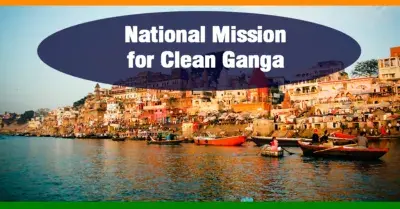
Source: www.nmcg.nic.in
The life on earth is blessed in terms of the numerous resources provided by the nature. The abundant sunshine, flowing rivers and streams, the varied fertility of soil make earth a planet fit to sustain life of different forms distinguishing it from all other planets of the solar system. The rapid increase in the reckless exploitation of these resources and contaminating them with the wastes generated out of the passion of human greed have deteriorated the quality of life.
Protection of the water environment
With the objective of the protection and improvement of environment, legislative frameworks and policies have come up. The Environment Protection Act, 1986 has been enforced for the purpose of conservation and improvement of environment was introduced along with legislations working such as Water (Prevention and Control of Pollution) Act, 1974, to provide for the prevention and control of water pollution and maintaining or restoring of wholesomeness of water.
Pollution in Ganga Originating from the Gangotri in the Himalayas, the Ganga is the longest river in India holding a great religious sanctity amongst large population of the country. Owing to wastes originating from various sources include sewage; industrial components from tanneries, chemical plants, textile mills, distilleries, slaughterhouses, hospitals; trash generated at festivals/ religious ceremonies; etc. This has severely impacted the marine life as well as the surrounding living organisms. The increasing levels of pollution have been a great cause of concern governing authorities.
Controlling the pollution
The National Mission for Clean Ganga has been implemented as per the directions of National Ganga Council set up under the River Ganga (Rejuvenation, Protection and Management) Authorities order 2016 which lays down an institutional structure for policy and implementation in fast track manner to protect the river Ganga.
In a pragmatic approach, a draft National River Ganga Bill 2018 (hereinafter referred to as “bill”) is being intended to be introduced.
The bill aims at setting up of an armed ‘Ganga Protection Corps’, and the powers to arrest offenders in order to keep the river clean and help in its rejuvenation. It lists out the different offences including spoiling or defacing ghats or stairs or throwing any improper manner, quarrying, commercial fishing without permission, deforesting hill slopes or other sensitive areas, withdrawing groundwater for organised consumption through tube wells or industrial needs, etc. Penal liabilities such as imprisonment up to 2 years or fine of up to INR 50,000 focus to deter environment harming activities. It also imposes responsibility on the in-charge of the defaulting companies unless they are able to prove that the offence was committed without their knowledge or that they exercised due diligence to prevent the offence. The bill suggests that the Centre will take control of the management, regulation and development of Ganga as the river is of unique importance ascribed to faith and reasons that are geographical, historical, sociocultural and economic is hereby given the status of a national river.
With a view to control the increasing levels of pollution in the sacred river, India has been making efforts. The proposed bill provides for more stringent measures to restrict the contamination of Ganga.
India: CCI enquires into airline ticket pricing
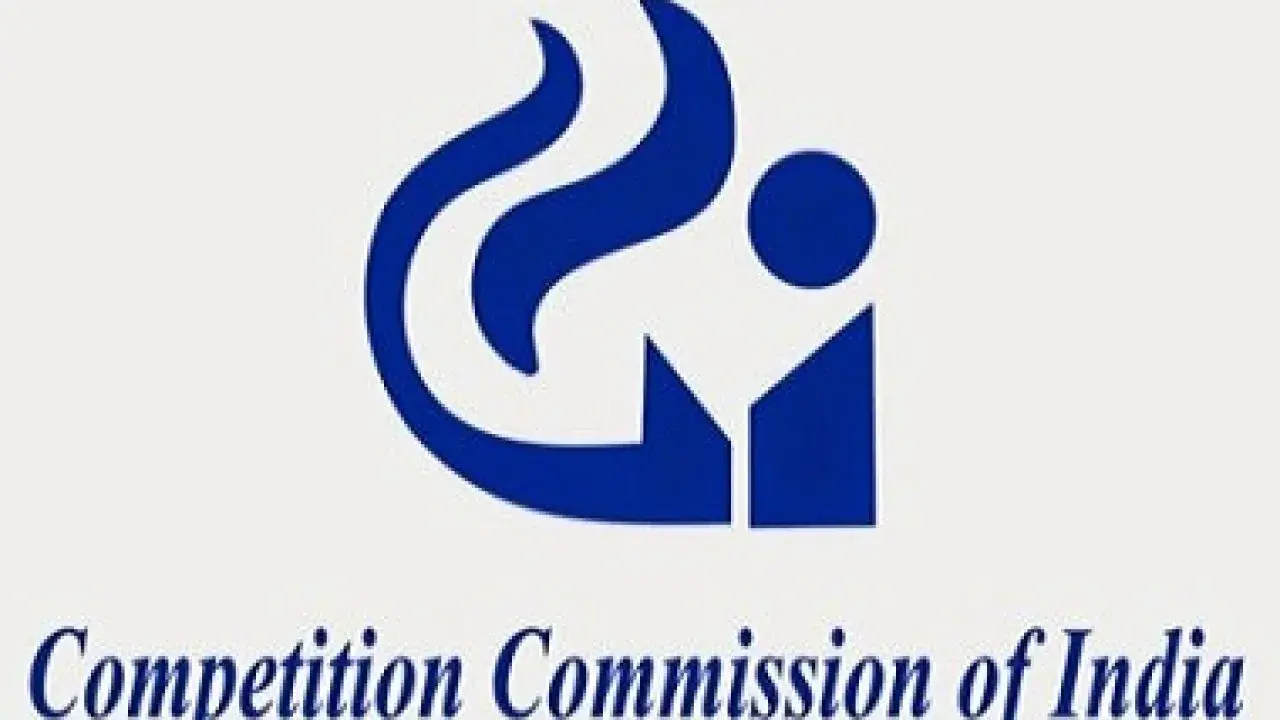
Source: www.cci.gov.in
Numerous players are competing in the common market to carve out their space. The healthy competitive spirit in the modern market not only bolsters the productivity and international competitiveness of the business sector but also promotes dynamic markets and economic growth. The essential aspect of fair and open competition is that it offers multiple options for the consumers. In the form of lower prices and more choice while enabling the vendors and manufacturers to deliver a greater variety of products to their customers around the world.
Regulating the Competition in India
With the aim to encourage and sustain competition in the market, protect the interests of the consumers and ensure freedom of trade is carried on by other participants in the market, the Competition Act, 2002 (hereinafter referred to as the “Act”) was enforced. Competition Commission of India (hereinafter referred to as the “CCI”) is the competition regulator which ensures proper monitoring of the competitive trade practices standing by its motto of fair competition for greater good a regulator.
Competitive Pricing
As a part of their business strategy, corporate entities often devise out various schemes to attract more customers towards the products and services they intend to sell. This includes advertisements, offers, gifts, reduced prices in order to survive the competition offered by rival competitors. Concerns may arise where pricing hampers the fair competition.
The Act recognizes a number of modes where pricing may be categorized as improper from the point of view of fair competition. Some of such means are stated below:
- Predatory pricing, whereby the sale of goods or provision of services by the dominant entities is at a price which is below the cost, as may be determined by regulations of production of the goods or provision of services, with a view to reduce competition or eliminate the competitors.
- Cartelization whereby an association of producers, sellers, distributors, traders or service providers who, by agreement amongst themselves, limit, control or attempt to control the production, distribution directly or indirectly determines purchase or sale prices goods or provision of services.
CCI investigates
Considering the similar pattern of pricing of tickets by all airlines, CCI has initiated an inquiry into the pricing of tickets by all airlines.
The airlines have been following a pricing mechanism in respect of the sale of their tickets, wherein fares are lower if the ticket is booked in advance while, the tariffs increase when the travel is booked closer to the date of departure.
The comparable framework being followed by all airlines raises the apprehension of improper practices hampering fair competition in the market. However, the airlines contend that the ticket booking system is a software-based system, which takes into account historical booking patterns while pricing the tickets.
The investigation by CCI would throw light on the nature of practices being taken up by the airline business houses ensuring that while formulating customer friendly schemes, they do not violate fair competitive practices.



